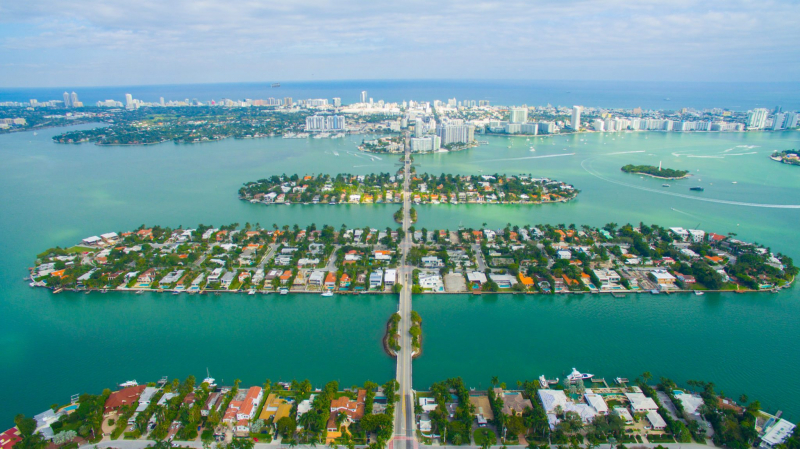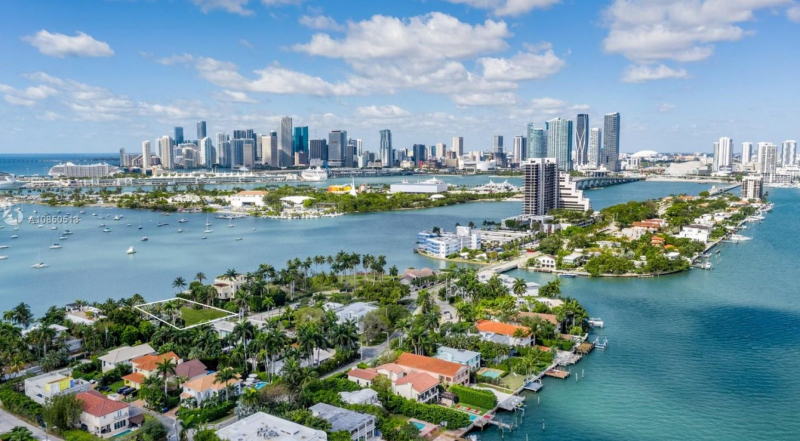The Venetian Islands

Despite the fact that the city is united by a causeway, Venice is made up of islands connected by bridges or distributed around the lagoon. Tourists are drawn to four of the "detached" islands in particular.
The Lido is Venice's playground and Europe's first beach resort, where royalty congregated at the great hotels that now line the shores. Although it is less glitzy nowadays, it retains a festive holiday mood and some wonderful Art Nouveau buildings. An afternoon at the Lido is a favorite activity for families traveling to Venice with children.
Murano is the famous Venetian glass city, and its canal is dotted with glassblowers' workshops and stores selling their work as well as less creative foreign glass souvenirs. To discover more about the glass blowers and the island's history, take the Vaporetto and visit the glass museum at the 17th-century Palazzo Giustinian.
A lengthier boat journey will take you to Burano, where the canals are dotted with brilliantly painted buildings. It is famous for its lace, although much of what you see in its shops is imported and not handcrafted. Stop by the Scuola dei Merletti (lace school) and its modest
Close to Burano is Torcello, of interest for its history as the original site of Venice, as early as the seventh century. Little is left of the once flourishing town except for its cathedral, dedicated in 639 and considered the best remaining example of Venetian-Byzantine architecture. The excellent mosaics date from as early as the 11th century.










